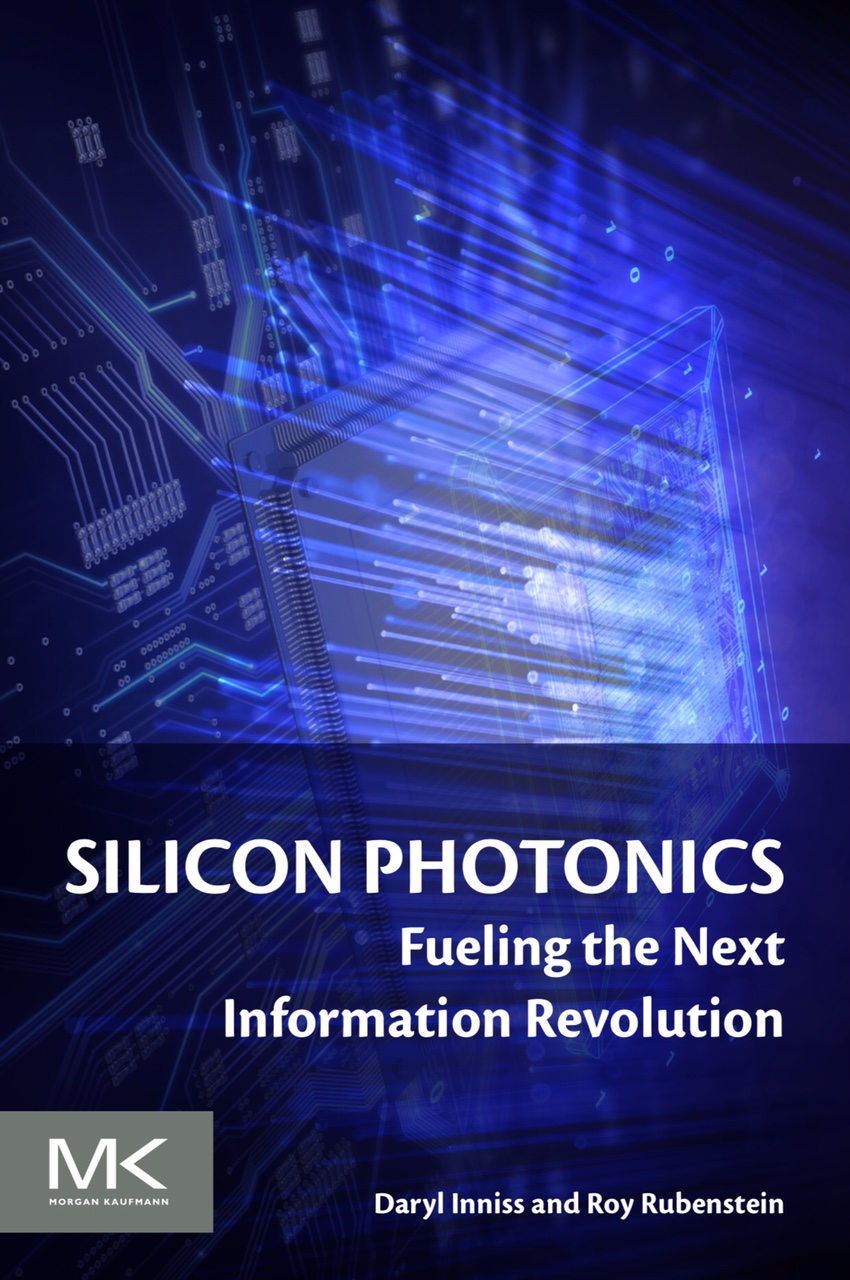The markets for photonic integrated circuits in 2030
 Tuesday, October 29, 2024 at 3:47PM
Tuesday, October 29, 2024 at 3:47PM What will be the leading markets for photonic integrated circuits (PICs) by the decade's end? And what are the challenges facing the PIC industry?
 SiLC Technologies' Lidar PIC. Source: SiLC Technologies.
SiLC Technologies' Lidar PIC. Source: SiLC Technologies.
A panel session at the recent PIC Summit Europe event held in Eindhoven, The Netherlands, looked at what would be the markets for photonic integrated circuits by 2030.
The market for PICs is dominated by datacom and telecom. However, emerging applications include medical and wearable devices, optical computing, autonomous vehicles, and sensing applications for the oil, gas, water, and agriculture industries.







